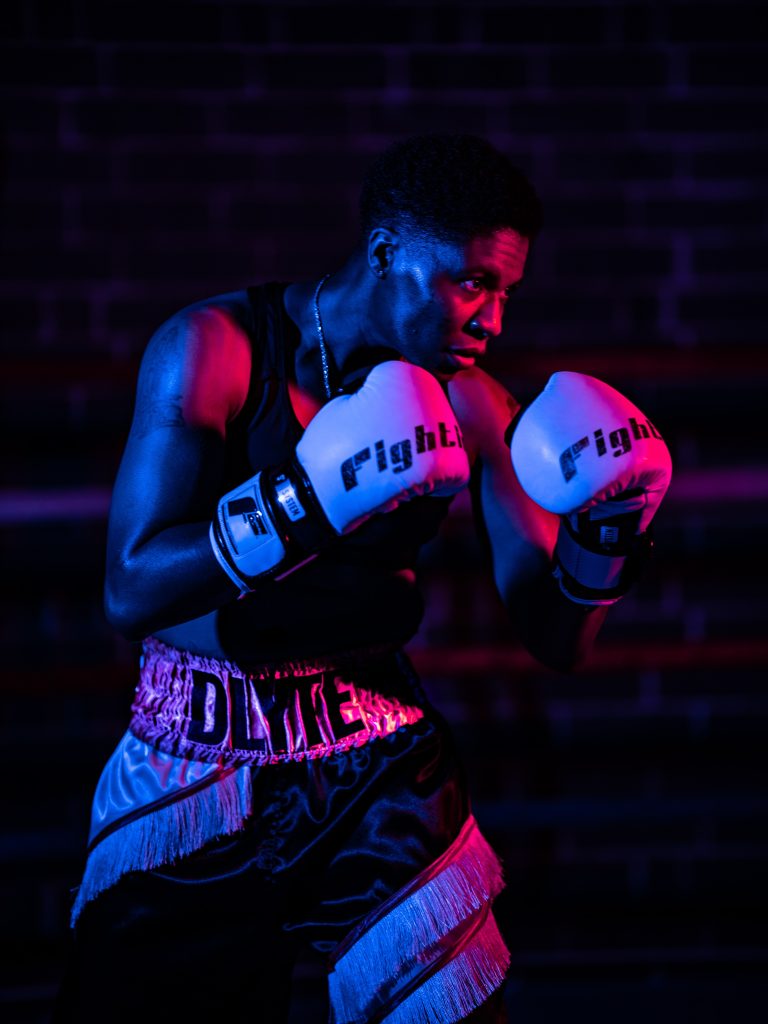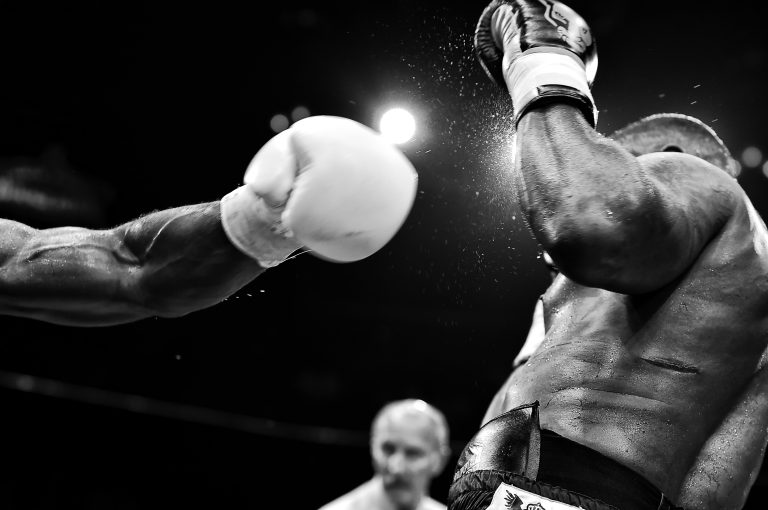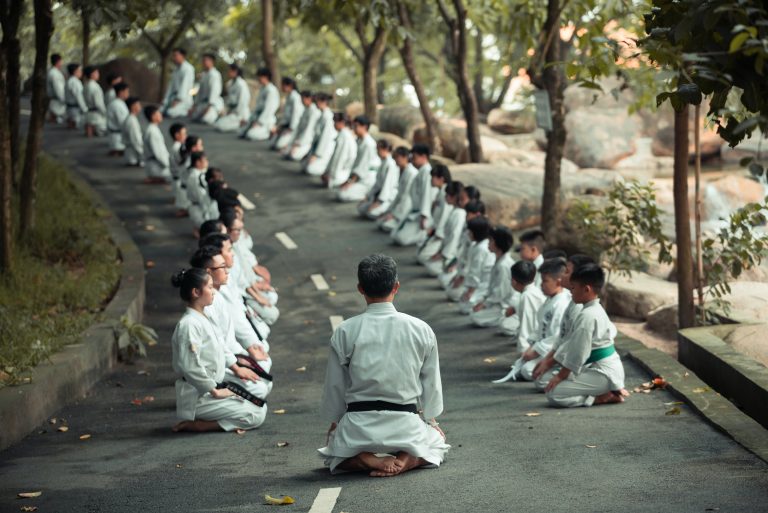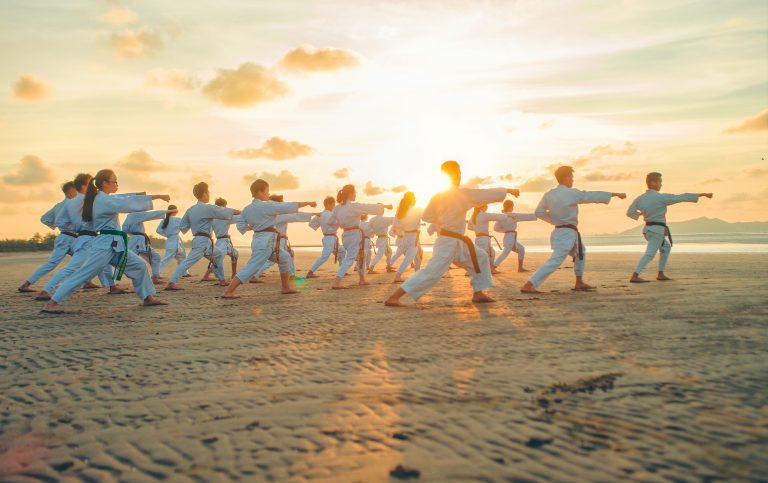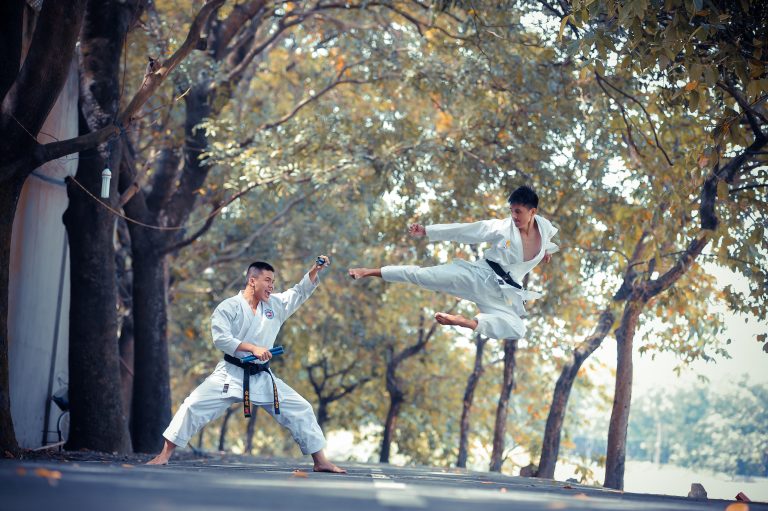Is Karate Still Popular in Japan?
Karate is a martial art that originated in Okinawa, Japan, in the early part of the 20th century. It has since spread around the world, with many schools teaching it as a self-defense system, a sport, or a form of physical exercise. However, despite its worldwide popularity, the question remains: is karate still popular in its country of origin, Japan?
The History of Karate in Japan
To answer this question, we must first understand the history of karate in Japan. Karate was brought to Japan from Okinawa in the early 20th century by Funakoshi Gichin, who is known as the father of modern karate. Funakoshi taught karate at various universities and was instrumental in popularizing the art in Japan.
Karate gained further popularity in Japan in the post-World War II era, as a wave of nationalism swept the country. Karate was seen as a way to promote Japanese culture and identity, and many schools and organizations were established to teach and promote the art.
Current State of Karate in Japan
Fast forward to the present day, and we can see that karate is still popular in Japan, albeit not as much as it was in the post-WWII era. According to the Japan Karatedo Federation (JKF), there are approximately 1.3 million registered karate practitioners in Japan as of 2021. This number includes both professional and amateur practitioners, as well as those who practice for self-defense, health, and fitness.
While karate is no longer as closely tied to Japanese nationalism and identity as it once was, the JKF and other organizations continue to promote the art and its values, which include discipline, respect, and humility. Karate is also recognized as an official Olympic sport, which has further increased its visibility and popularity in Japan and around the world.
Challenges Facing Karate in Japan
Despite its ongoing popularity, karate in Japan faces several challenges. One of the biggest challenges is the aging of its practitioners. Many of the current generation of karate practitioners in Japan are older adults who have been practicing the art for many years. There is a lack of younger practitioners to take their place, which could lead to a decline in the popularity of the art in the future.
Another challenge facing karate in Japan is the competition from other martial arts, such as judo and kendo. These martial arts have a longer history and are more closely tied to Japanese tradition and culture, which may make them more attractive to Japanese practitioners.
Is Karate still popular in Japan?
Karate is one of the most popular martial arts in the world, and for many people, Japan is the spiritual home of Karate. The sport has a rich history, and many people have questions about its current status in Japan. In this blog post, we answer some of the most frequently asked questions about Karate in Japan and explore why it remains popular today.
What is Karate?
Karate is a striking martial art that originated in the Ryukyu Islands (now Okinawa, Japan) in the 19th century. It involves using punches, kicks, knee strikes, elbow strikes, and open-hand techniques, among others, to overpower an opponent. It is characterized by its emphasis on physical strength, speed, reflexes, and discipline.
What is the history of Karate in Japan?
Although Karate originated in the Ryukyu Islands, it was brought to mainland Japan in the early 20th century. The sport has continued to evolve in Japan, with new styles and schools being developed over the years.
During World War II, Karate was banned in Japan because of its association with Okinawa, which was occupied by the Americans. However, after the war, Karate experienced a revival, and its popularity grew, both in Japan and around the world.
Is Karate still popular in Japan today?
Yes, Karate remains popular in Japan today. In fact, it is still one of the most popular martial arts in the country. There are many Karate schools and dojos throughout Japan, and the sport is still taught in schools and universities.
Karate is also still a popular spectator sport, with many competitions held throughout the country. Some of the biggest and most prestigious Karate events in Japan include the All-Japan Karate Championship, the World Karate Championships, and the Karate World Cup.
Why is Karate so popular in Japan?
There are many reasons why Karate remains popular in Japan. For one, it is deeply ingrained in Japanese culture and history. Additionally, the sport promotes discipline, self-control, and physical fitness, all values that are highly regarded in Japan.
Karate also has a strong competitive element, which is appealing to many Japanese people. The sport is highly technical and requires a great deal of skill and strategy, making it both challenging and rewarding.
What is the future of Karate in Japan?
The future of Karate in Japan looks bright. The sport has a long and rich history, and it remains an important part of Japanese culture. There are many talented Karate athletes and instructors in Japan, and the sport is still being taught to new generations of practitioners.
Additionally, the sport has gained international recognition in recent years, with Karate being included in the 2020 Summer Olympics in Tokyo. This serves to highlight the global appeal of Karate and its continued relevance in the modern world.
Is Karate Still Popular in Japan – A How-To Guide
Introduction
Karate is a martial art that originated in Okinawa, Japan, and has since spread across the world. It is a popular sport, self-defense technique, and form of exercise. But with the rise of other martial arts such as MMA, many are left wondering – is Karate still popular in Japan? In this guide, we will explore the history and popularity of Karate in Japan, what makes it unique, and how to get started with Karate training.
The History of Karate in Japan
Karate was developed in the Ryukyu Kingdom, which was a group of islands off the coast of Japan, sometime in the early 19th century. It was originally called „Okinawa-te,“ meaning „Okinawa hand.“ Karate is a combination of different martial arts that were developed in the area, including Chinese martial arts and indigenous Okinawan fighting styles.
Karate gained popularity in Japan in the 1920s, when it was introduced to the Japanese mainland by Gichin Funakoshi. Funakoshi was a karate master from Okinawa who gave a series of demonstrations in Tokyo and introduced Japanese society to the art of Karate. Soon, Karate spread throughout Japan and became a recognized martial art.
Is Karate Still Popular in Japan Today?
Yes, Karate is still popular in Japan. In fact, it is one of the most popular martial arts in the country. Karate is taught in schools, community centers, and martial arts dojos across Japan. It is also an internationally recognized sport, with Karate competitions regularly held in Japan and other countries.
One of the reasons why Karate remains popular in Japan is its emphasis on discipline, respect, and tradition. Karate students are taught not only how to fight but also the values and principles that underlie the martial art.
What Makes Karate Unique?
Karate is unique in that it emphasizes striking techniques using punches, kicks, knees, and elbows. It also places a strong emphasis on discipline, self-control, and respect for others. Karate training involves not only learning how to fight but also developing mental, physical, and emotional strength.
Another unique aspect of Karate is the use of katas, which are choreographed patterns of movements. Katas are used to teach students the proper form for different techniques and to help them develop muscle memory.
How to Get Started with Karate Training
If you’re interested in learning Karate, the first step is to find a reputable dojo near you. Do some research online and read reviews to find a dojo that meets your needs.
Once you’ve found a dojo, schedule a visit to watch a class and meet the instructors. This will give you a sense of the teaching style, the level of expertise of the instructors, and the atmosphere of the dojo.
When you’re ready to begin training, you will need to purchase a Karate uniform or gi, along with any required protective gear. Your instructor will provide guidance on what to buy, so make sure to ask for their advice.
Karate training involves regular practice and repetition. You will learn different kata and techniques as you progress through the ranks, beginning with basic moves such as punches and kicks.
It’s important to remember that Karate is not only a physical activity, but also a mental one. You will need to develop discipline, focus, and self-control to progress in your training.
Conclusion
Karate is a martial art that has a rich history in Japan and remains popular today. It is unique in its emphasis on striking techniques and discipline, and it offers a way to develop both physical and mental strength. If you’re interested in learning Karate, do your research, find a reputable dojo, and commit to regular training. With dedication and practice, you can become a skilled Karate practitioner and experience the benefits of this ancient and time-honored martial art.
Inhaltsverzeichnis

